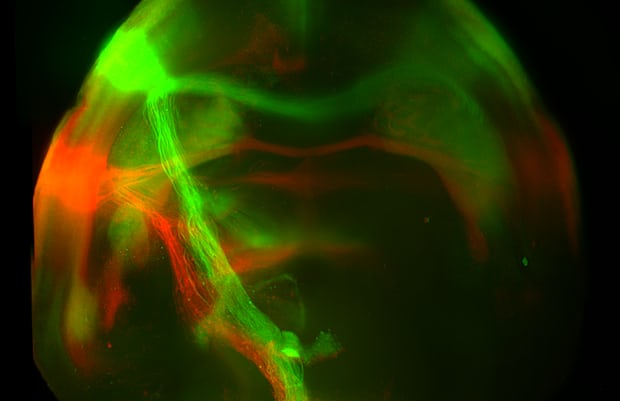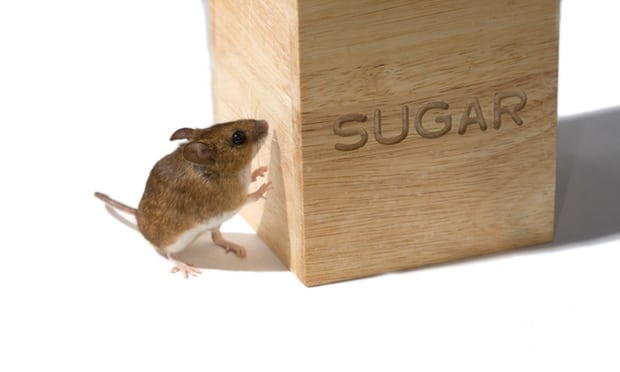What’s more, they have managed to tinker with these routes so that mice get a kick out of a tasteless substance such as water, and have even managed to switch off such judgments completely. Researchers say the finding may help with the search for treatments for eating disorders.
“The very concept of sweet, the very word sweet, implies this goodness, this reward, this craving that we link to it, and similarly bitter on the other side has an immediate meaning to it. So we wanted to know, how does the brain encode meaning on sensory experience?” said Charles Zuker, lead author of the research from Columbia University’s Zuckerman Institute.
While the work was carried out in mice, Zuker said there could be parallels for the human brain and that understanding the brain circuits involved in taste and our responses to it might eventually open up the possibility of tinkering with our own responses to certain foods – including sugar cravings.
The team has previously shown that chemicals behind sweet and bitter tastes are detected by different cells in the mouth and on the tongue of mice, and that the resulting signals then sent to different areas of a part of the brain known as the insular cortex, where the tastes are labelled as being sweet or bitter.
Now the team say they have discovered how the identity of a taste as sweet or bitter is linked to a mouse’s perception of whether it is nasty or nice.
Writing in the journal Nature, the team reveal how they used brain imaging techniques to reveal that the neurons from the insular cortex are connected to a number of different areas of the brain, including a part that processes emotions – the amygdala. Crucially, they found that where in the amygdala the signals are sent is different depending on whether the substance the mice consumed was sweet or bitter.
The researchers then genetically modified mice so neurons in their amygdala responded to light. That allowed them to use light, via implanted optical fibres, to trigger the “sweet” or “bitter” regions of the amygdala when the mice entered different rooms of a test area, without the animals actually consuming anything.
The upshot was that the mice avoided rooms in which researchers triggered the bitter area of the amygdala, but hung around in the room in which they triggered the sweet area. That, the team says, showed the “sweet” areas of the amygdala generate a positive experience, and the “bitter” ones a negative experience.
The team also found that if the “sweet” area of the amygdala was triggered with light while the mice drank water – a neutral tasting substance – they guzzled the liquid, but turned their nose up at it if the “bitter” area of the amygdala was triggered.

Mice and sugar: Neural projections from the sweet (green) and bitter (red) cortex terminate at distinct targets in the amygdala in the brains of mice. Photograph: Li Wang/Zuker Lab/Columbia’s Zuckerman Institute
What’s more, the team found that mice which had been genetically modified so their amygdala could be turned off using a drug no longer lapped up sweet substances or shunned bitter ones when the drug was given. “Silencing the amygdala abolishes the emotive, hedonic component associated with what you and I would call sweet or bitter,” said Zuker.
In addition, the team found that animals trained to go to a particular door in a test area depending on whether they were given a sweet or bitter substance were able to do so even when their amygdala was chemically turned off, meaning they could still tell the tastes apart.
While the tests were small, with as few as three mice used in some, the team say the fact the same results were found many times over indicate a strong finding.
Zuker said the results show the positive perception of sweetness is an innate association, probably down to an evolutionary drive for energy-rich foods, and that the identity of a taste and whether it is deemed nice or not involve two separate brain areas.
The Guardian
More about: science
















































